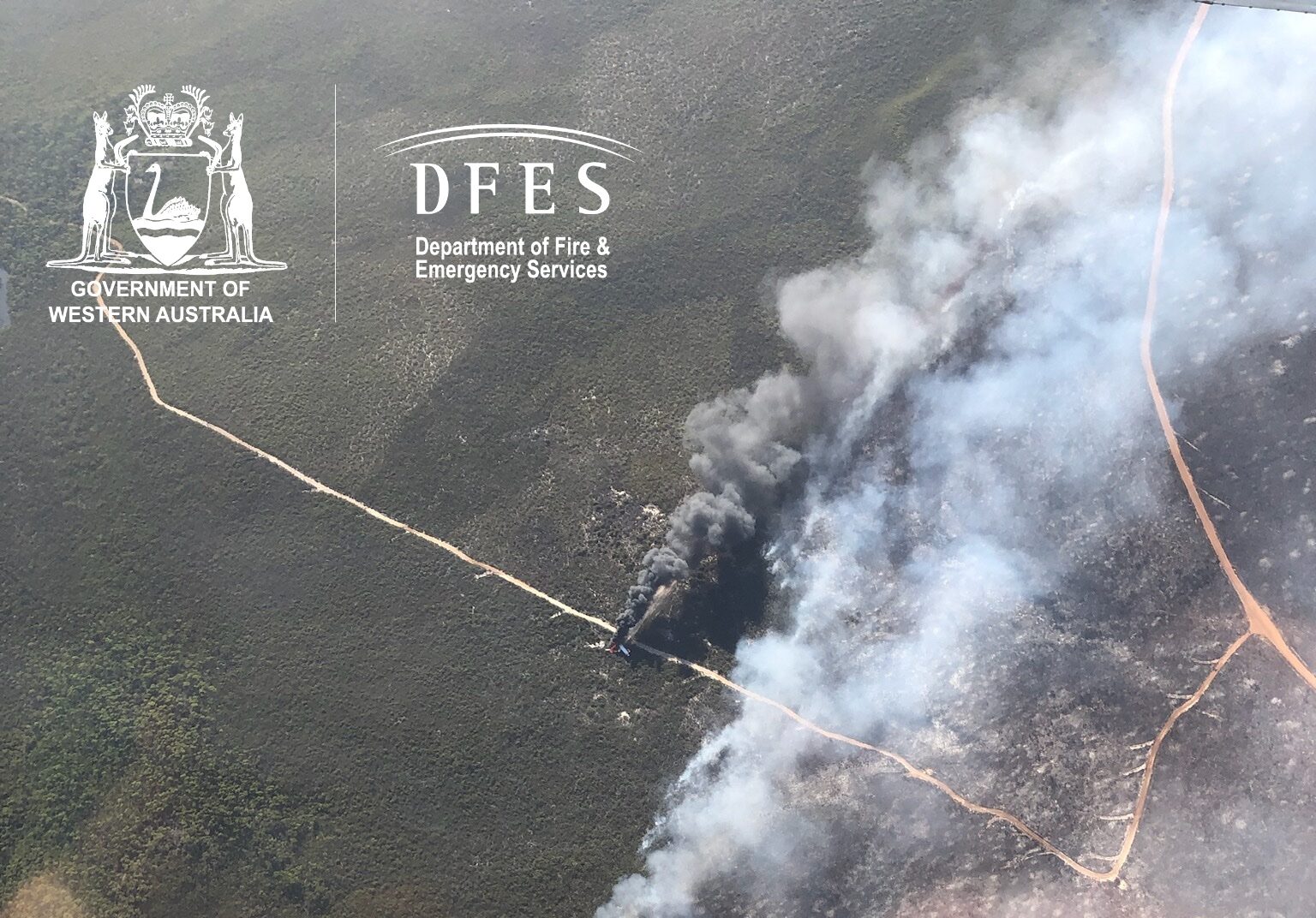Minimum safe drop heights are being developed for large firefighting aircrafts in Australia after a 737-air tanker accident last year raised safety concerns.
In February of 2023, “Bomber 139”, a Boeing 737 aircraft converted as a large air tanker, impacted a ridgeline after completing a drop while extending a fire-retardant containment line during a bushfire-fighting task in the Fitzgerald River National Park near Hopetoun.
After an investigation conducted by the Australian Transport Safety Bureau, Chief Commissioner Angus Mitchell said the major causes of the accident were the low height of the aircraft’s drop and an undetected rise in the terrain.
“Towards the end of the drop, the aircraft’s height and airspeed decayed as it approached rising terrain that had not been detected, and was not expected, by the aircraft captain,” he said.
A spokesperson from the ATSB said the investigation highlighted the lack of published drop heights for large air tankers in Australia and made comparisons to the US where the Forest Service had a minimum large air tanker drop height of 150 ft.
“Since the accident, Coulson Aviation implemented a minimum drop height of 200 ft for its airtankers,” they said.
“The Western Australian Department of Fire and Emergency Services and the Department of Biodiversity, Conservation and Attractions are amending procedures to incorporate drop heights, including a large airtanker drop height of 200 ft.”

The spokesperson said the Australasian Fire and Emergency Services Authorities Council had taken steps to develop national large tanker aircraft standard operating procedures.
Mr Mitchell said the Fitzgerald River National Park accident was an example of how the operation of large firefighting aircrafts should be moderated with official safety considerations.
“Safety standards should not be solely dependent on the performance of the pilot flying and recovery call-outs,” he said.



